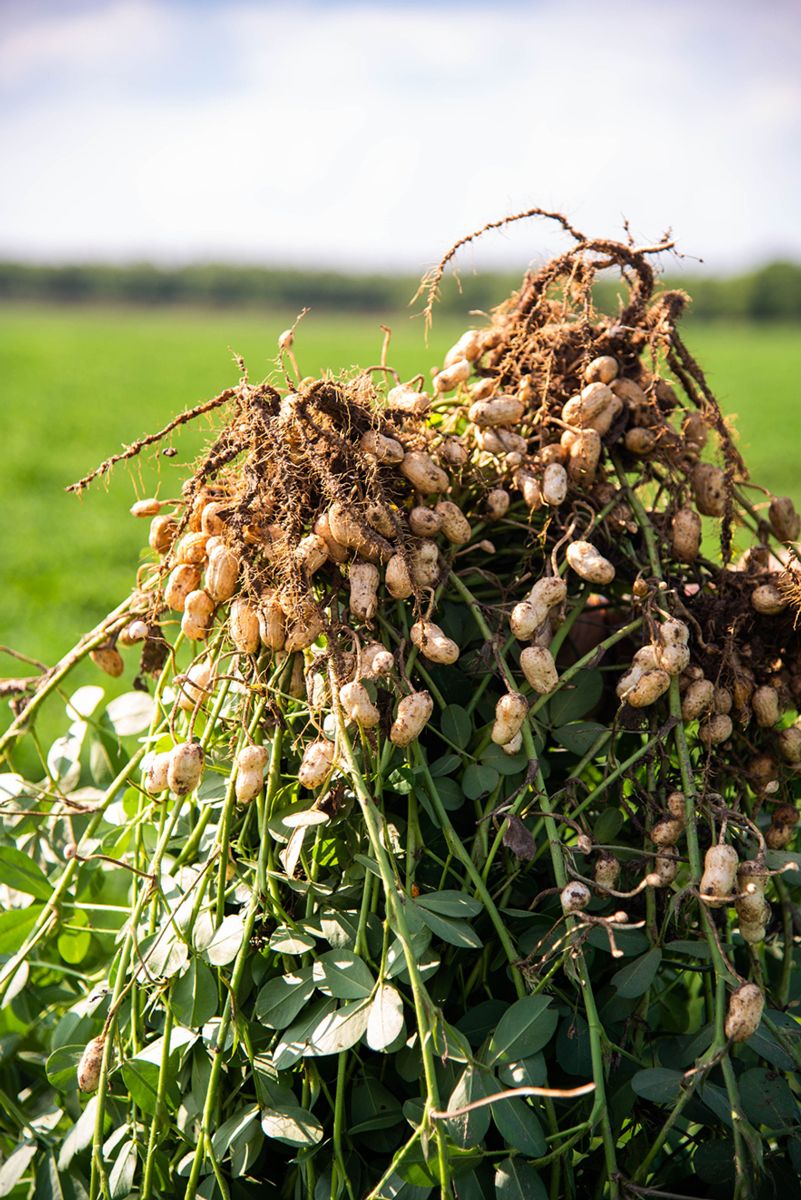GFB News Magazine
UGA economists deliver 2021 outlook for Georgia crops
Posted on March 6, 2021 7:00 PM
By Jennifer Whittaker, Georgia Farm Bureau
Georgia row crop farmers can expect increases in the cost of land rent, machinery/equipment and labor this year. The good news is: interest rates are expected to decrease or remain low and fertilizers and fuel prices are expected to decrease. The cost of seed and chemicals is expected to be mixed.
This was the main message UGA Public Service Associate Amanda R. Smith had about peanut, corn and soybean crops during the annual UGA Georgia Ag Forecast.
Smith encouraged Georgia farmers to use the UGA Row Crop Comparison Tool to crunch their individual farm numbers to determine which crops will profit their farms.
“I really want to stress farmers use the UGA Row Crop Comparison Tool because we’re in a plateau phase in ag which means prices tend to cycle around the cost of production” Smith said. “Make sure you have a marketing plan and know your cost of production.”
The online tool is available at https://agecon.uga.edu/ extension/budgets.html .
Smith encouraged farmers to control production costs by efficiently using crop rotation, tillage, precision application of chemicals, fertilizer and irrigation.
Like most commodity and agricultural meetings this year, the annual Georgia Ag Forecast went virtual. While the event had a different feel as attendees logged onto their computers to listen to the speakers rather than gathering over a meal, the forecast provided the same great information it always does in terms of crop market reviews and outlooks. Georgia Farm Bureau was a sponsor of the event.
Visit www.gfb.ag/21ugaagforecast to download the Georgia Ag Forecast Publication and to watch recordings of the live presentations.

Photo by Logan Thomas
KEY TAKE-AWAYS FOR PEANUTS
1) The 2020 U.S. peanut crop is projected to have the third largest production at an estimated 3.07 million tons from 1.62 million harvested acres nationwide, up 16% over 2019.
2) The COVID-19 pandemic changed consumer food purchases to favor peanut products as more consumers stayed home and bought more peanut butter.
3) Early 2021 contracts are projected at $475/ton, partial production.
KEY TAKE-AWAYS FOR SOYBEANS
1) The 2020 U.S. soybean crop production is estimated to be 4.14 billion bushels, up 16.4 % from 2019.
2) The COVID-19 pandemic caused a decrease in demand & prices but at the end of 2020, the sector saw a big increase in exports & prices as China increased its soybean imports to rebuild its swine herd.
3) The global supply of soybeans is the lowest since 2013/14. Season average prices for Georgia soybeans in 2021 could average $10.85/bushel.
.jpeg)
Photo by Jennifer Whittaker

Photo by Payton Butler
KEY TAKE-AWAYS FOR CORN
1) 2020 U.S. corn production, projected at 14.2 billion bushels, is an estimated 4.1% increase over 2019.
2) The COVID-19 pandemic decreased demand & prices. This was primarily due to less corn being used for ethanol, but like soybeans, the end of 2020 saw an increase in corn exports, which, combined with a lower global supply sent prices up. Season average prices for Georgia soybeans could average $4.85/bushel in 2021.
KEY TAKE-AWAYS FOR COTTON
Dr. Yangxuan “Serinna” Liu presented the outlook for the 2021 cotton crop during the Georgia Ag Forecast.
1) Cotton prices could range from 70-85 cents/ lb. throughout the year but expect 75 cents for planning purposes.
2) Global economic recovery indicates recovery for cotton demand.
3) High uncertainty is expected for cotton acreage in the U.S. & Georgia this year.

Photo by Logan Thomas
FACTORS CAUSING SURGE IN ROW-CROP PRICES
1) Projected economic growth in the U.S. & globally
2) Depreciation of the U.S. dollar, which makes U.S. crops more affordable to other countries
3) COVID-19 stimulus relief packages Congress has passed
4) China’s increased ag purchases to fulfill its side of the Phase 1 trade agreement
FRUITS, VEGETABLES & PECANS
By Josh Paine, CAES News
Reduced exports and consumer reactions to COVID-19 were blamed for 2020’s decreased consumer price index for fresh fruits. Blueberry imports have increased eightfold from 2005 to 2018, causing serious economic injury to domestic growers in recent years.
An opportunity for blueberry exporters lies in new trade with China, which was allowed last year. Vegetable prices are expected to be strong in 2021. Total harvested acres were down 7.7% in 2019 compared to the year before and are expected to be lower in 2021.
Pecan production is expected to be higher this year after two decreased years from the impact of Hurricane Michael.